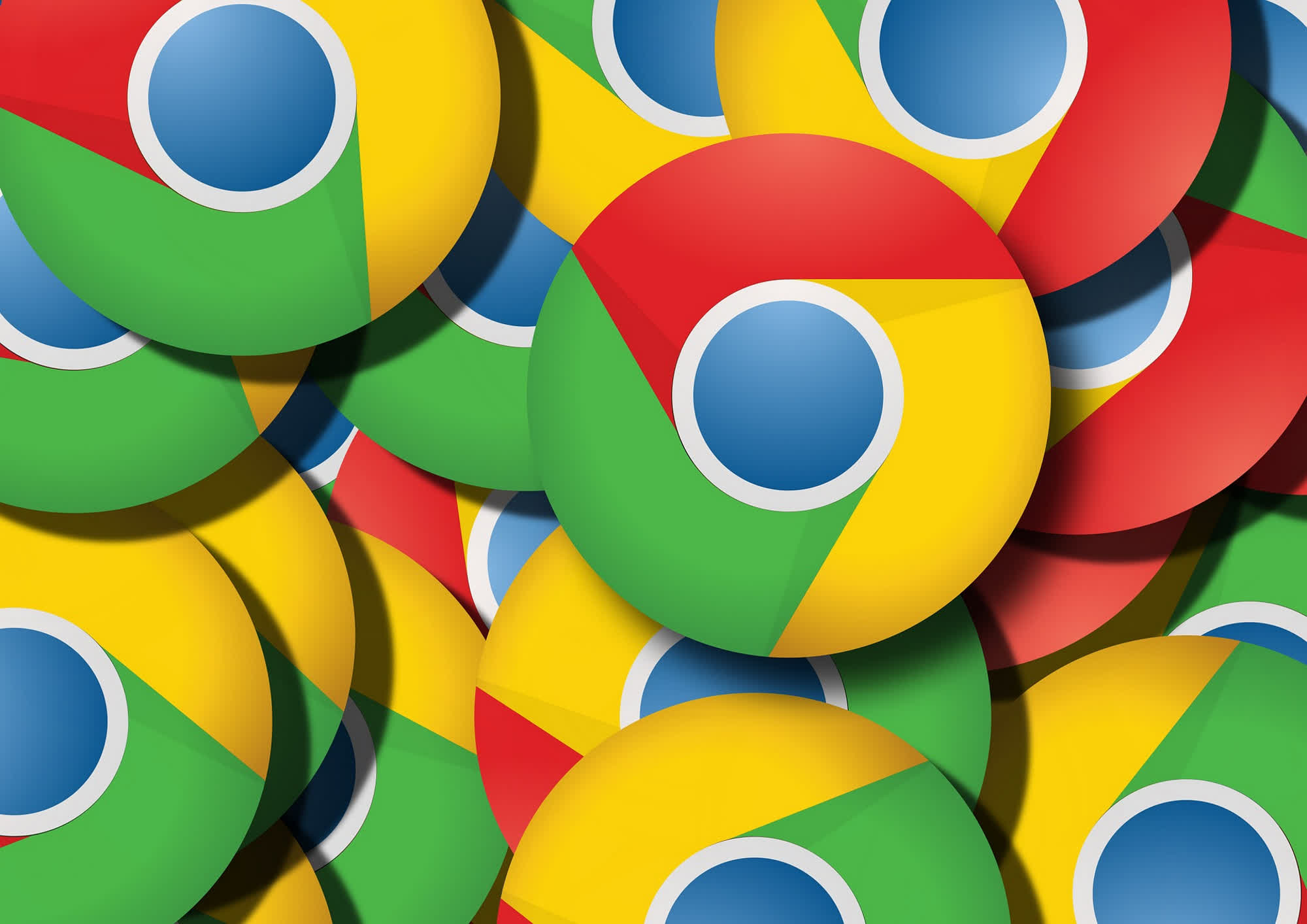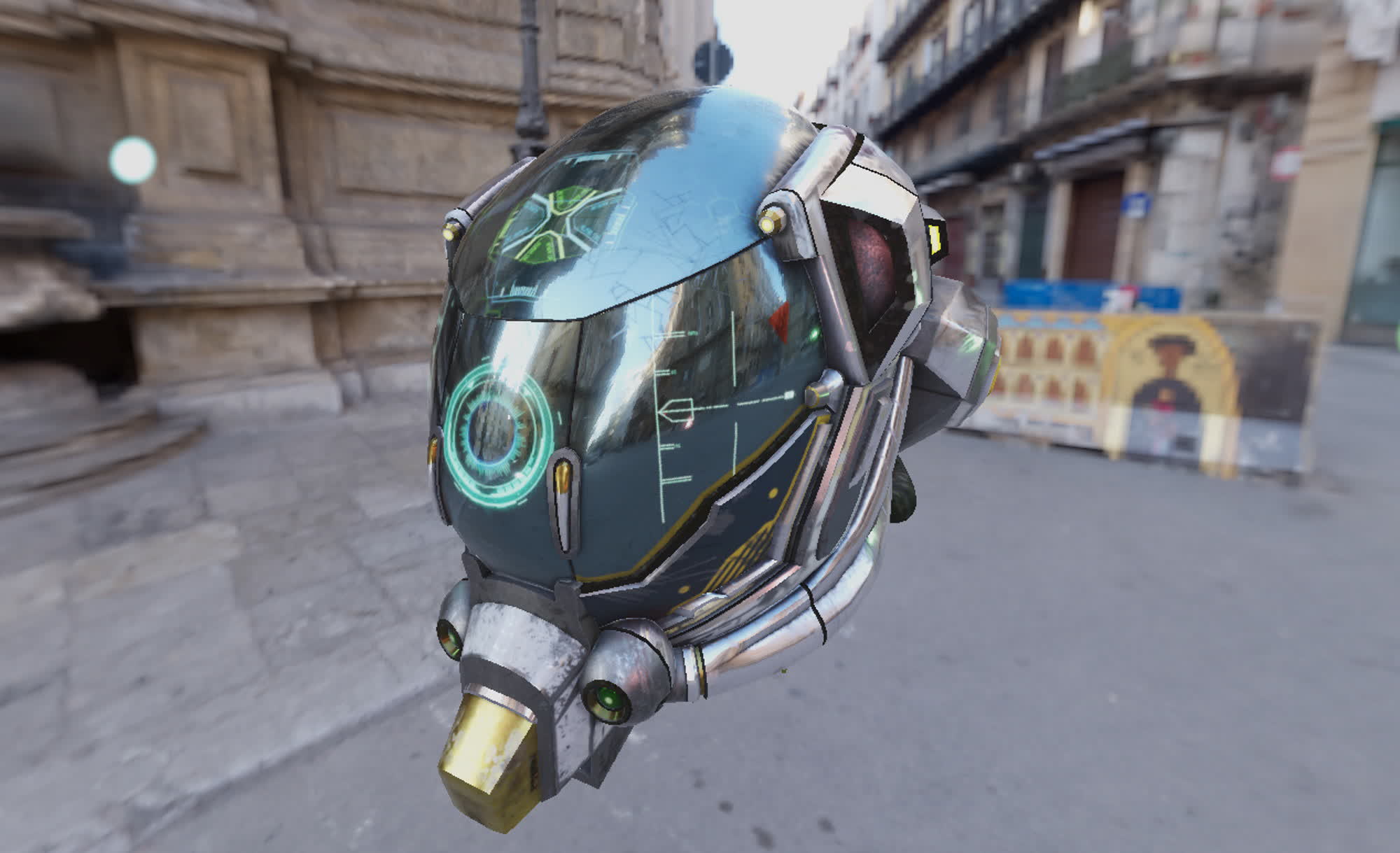The big picture: WebGL brought GPU-accelerated 3D graphics to the web. Now, a new API is being explicitly designed to take web graphics to the next level, with advanced features taken directly from native 3D standards available on the most popular desktop operating systems.
Google has released a new beta for Chrome 113 that makes WebGPU available by default in the company's proprietary browser for the first time. WebGPU is a new API written in JavaScript that aims to provide "modern 3D graphics and computation capabilities" to web browsers.
Google says WebGPU offers "significant benefits" in 3D and heavy parallel computing tasks including a greatly reduced JavaScript workload for the same graphics and more than a 3x improvement in machine learning model inferences. Compared to WebGL, WebGPU does indeed provide more flexible GPU programming and access to advanced capabilities of the graphics chip, the company states.
Unlike WebGL, WebGPU is not a direct port of any existing native API but is based on pre-existing graphics APIs provided by Vulkan (cross-platform), Metal (Mac), and Direct3D 12 (Windows). The API is designed with the web platform in mind both on mobile and desktop platforms, though mobile devices will still be limited in the creation of WebGPUDevice objects requiring the aforementioned desktop-class 3D APIs.

Unlike the dreaded Manifest V3 proposal, WebGPU will likely become a proper W3C "universal" standard being the result of a collaborative effort by major web companies including Mozilla, Intel, Microsoft, and Apple. The project took six years of development from the initial design published in 2017. Support in Mozilla Firefox and Apple Safari is still in progress, Google says.
This initial implementation of WebGPU is available in Chrome 113 for ChromeOS devices with Vulkan support, Direct3D 12-compatible Windows systems, and macOS. Linux, Android, and expanded support for other platforms will come later, we're told.
The first WebGPU release will serve as a building block for future updates and improvements, and developers are encouraged to submit requests for additional features to implement. Chromium engineers are already planning to provide "deeper access" to shader cores, with even more machine learning optimizations and "additional ergonomics" in the so-called WebGPU Shading Language (WGSL).
